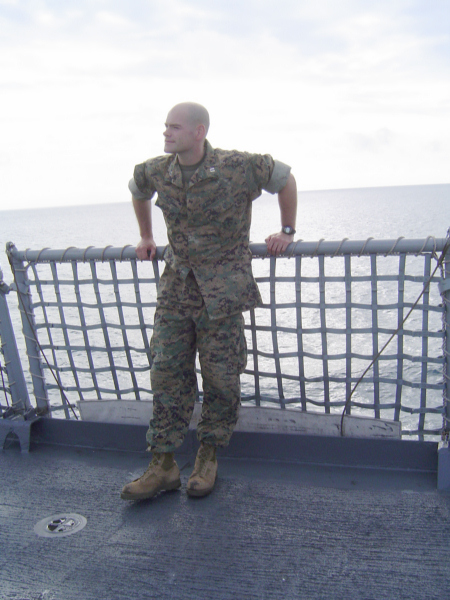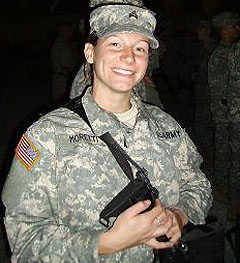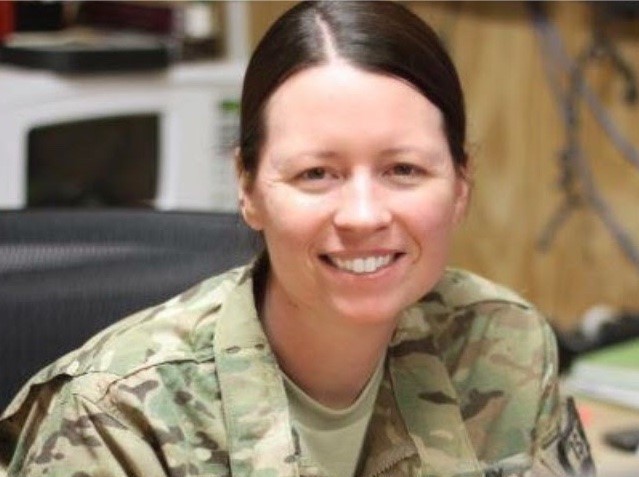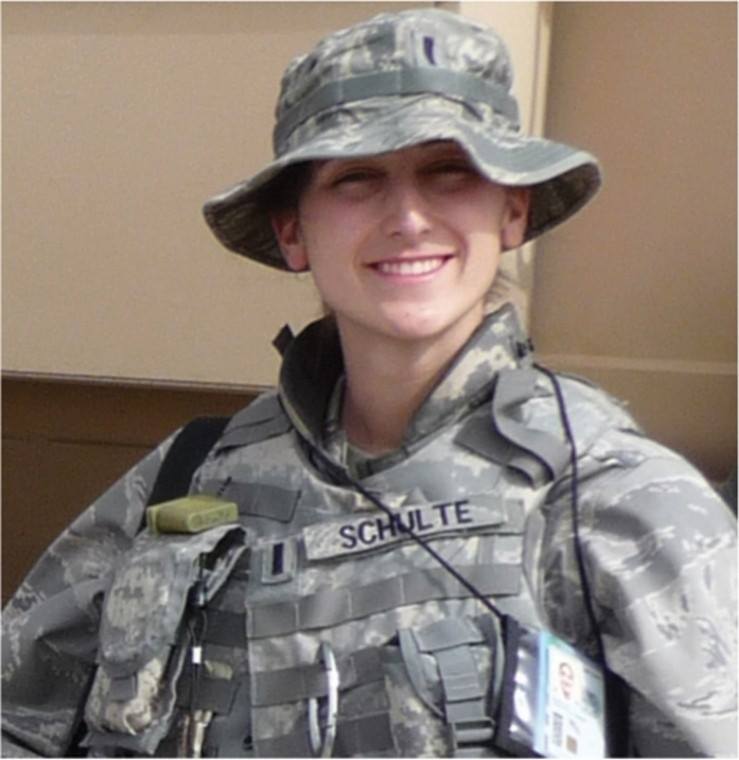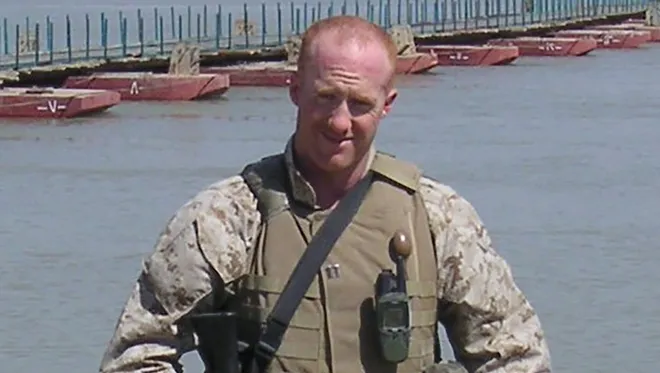
GySgt James Paige, checked his watch. It was almost time to take off. The flight deck of the Bonhomme Ricard slowly rolled back and forth as the ship cut a course along the Southern California coastline. It was a beautiful day for a training exercise. Normally a maritime interdiction raid would happen at night, but the pilots didn’t have any recent experience flying a fast-roping mission at night and Col Zilmer, the 15th Marine Expeditionary Unit commander, wouldn’t approve a night op. Special Operations Training Group wasn’t happy with that decision but it was better to be safe than sorry.
Gunny Paige shook his head. He was happy that they were doing this op in the daytime instead of at night, but he still wasn’t comfortable with the operation. The two pilots, Captain James Lukehart, & Captain Andrew Smith had done this kind of thing before but never quite like this. It’s one thing to support fast roping operations in a training are but this was a major certification exercise for the 15th MEU. There was a ton of scrutiny on every aspect of the operation and this put a lot of pressure on the crew. There were also way too many Marines manifested on his CH-46 helicopter. There weren’t even enough seats for all the passengers. Hell, one of the recon officers was sitting on a damn ammo can! It just didn’t make sense.
Paige didn’t like it, but he would make it work. He was going to retire last year but asked his command for a one year extension to finish his career with one last deployment before becoming a police officer back in New Jersey. On top of that, he broke his foot two months and was supposed to be on limited duty. He didn’t want to sit this one out though. Ultimately, like many Marines, the Marine Corps wasn’t just a job for him, it was a way of life.
SSgt Galloway, the Force Recon assistant team leader, tapped GySgt Paige on the shoulder. He gestured towards the officer sitting on the ammo can. Paige shrugged his shoulders. The crew chief didn’t need to say anything. Who was going to tell Special Operations Training Group that they were outside of regulations? They were evaluating this exercise after all. He could tell that the crew chief wasn’t happy about how this was going down. Galloway wasn’t happy about it either. There were way too many people in the aircraft. It was hard enough to get a team of combat loaded Marines through the hell hole of the aircraft down to a moving ship 30 feet below. It would be much harder with all the extra people and equipment on the helicopter. There wasn’t much Galloway could do about it now though. Although his comfort level wasn’t where he would like it, everything appeared to be safe. He performed a final check of his equipment and buckled into his seat.
Galloway wasn’t the only Marine doing last minute op checks. Staff Sergeant Jeff Starling keyed his handset for a radio check. So far so good. Jeff was SSgt Sabasteanski’s team communicator, and he was double-checking all his equipment to make sure that everything went smoothly during the mission. “Comm” is a fundamental task often taken for granted when it is working, but if it wasn’t there would be hell to pay. Today’s communications tasks weren’t very complicated. SSgt Starling only had to set up radios on the VHF spectrum to talk with the others in the platoon, SATCOM back to the ship, and UHF to communicate with the aircraft inserting and extracting the platoon.
As if that wasn’t enough, all the radios were encrypted and set to frequency modulation. Every radio was set to change frequencies every second or so and had to be perfectly tuned with each other in order to work. Any deviation of even a second would render the radios inoperable. This is a complex task, but one that SSgt Starling performed with a high level of proficiency and expertise. Starling spent three years at 2nd ANGLICO and four years at 5th Force Reconnaissance Company before successfully trying out for 1st Force Recon Company. In all, he had spent eight years in some of the most demanding and high-performing units in the Marine Corps. If anyone could keep comm up for the duration of the mission, he could.
GySgt Paige closed the ramp to the CH-46. Heavy or not, it was time to go. He stepped over the rucksacks on the floor and took his seat. Captain Lukehart slowly lifted his helicopter off the deck of the Bonhomme Richar and flew to a holding pattern ten nautical miles behind the aft end of the USNS Pecos. The USNS Pecos was an Navy auxiliary ship that was simulating a hostile vessel at sea. In the scenario, the MEU suspected that the Pecos was a smuggling vessel that was transporting dangerous material in violation of international law. A platoon of Force Recon Marines were going to fast rope down to the deck of the Pecos while a platoon of SEALs would climb up from fast attack craft below.
GySgt Paige looked at the Pecos from one of the side windows. It really seemed like they were coming in fast. Were they running late? Something seemed off. Lukehart gave him gave him the ten-minute call, which he relayed to the Force Recon Marines. SSgt Galloway, the assistant Helicopter Rope Suspension Techniques (HRST) master for the mission, directed his Marines to unbuckle their seat belts and stand up. Hospitalman First Class Jay Asis grabbed his medical bag and shuffled behind SSgt Starling. Fast roping through the hell hole of a CH-46 wasn’t easy; fast-roping through the hell hole with combat equipment and a full medical bag was even more difficult. He tried to keep his balance as the helicopter swayed back and forth as they made their approach to the Pecos. It was imperative that he didn’t get snagged on his equipment as he went through the hell hole. GySgt Paine gave the hand and arm signal for the 30-second call. Everyone in the aircraft echoed it. “30 seconds!!!” It was go time.
The SEALs below the Pecos were confused. The Marine assault team was coming in really fast and low. Did they intend to land? This wasn’t the way they rehearsed the operation. The safety officer aboard the Pecos tried to signal the CH-46. He was wearing white, instead of the yellow shirts normally associated with safety officers and the bird either didn’t see him or ignored him. Sgt Evers heard a thump at the rear of the aircraft. That didn’t make sense… they should have been 20-30 feet above the ship. He couldn’t explain it. “POWER, POWER, POWER”. The radio erupted with calls for more engine power. Capt Lukehart applied more power. They weren’t 30 feet above the Pecos. The rear wheel of the helicopter had bounced off the deck of the ship.
The pilots hit the gas and pulled the helicopter skyward. Sgt Evers sighed. That was a close one. He sank into his seat and didn’t look outside. If he had, he would have noticed that the rear wheel had struck the emergency netting on the edge of the vessel and was hopelessly entangled in it. It was something he would think about often in the years to come. The helicopter seemed to groan as it fought to gain altitude.
A few seconds later everything changed. Up became down. Left became right. Water rushed into the troop compartment of the helicopter. Equipment and Marines were thrown about the aircraft. The CH-46 tumbled through the cold and murky water. GySgt Paige was next to the ramp and was one of the few Marines who could see the exit of the aircraft. He did not escape. He turned back into the helicopter and grabbed Marines by their equipment and pulled them outside.
Many of the Marines he saved were knocked unconscious by the crash and didn’t realize that they had been saved until they regained consciousness on the surface. The Force Recon platoon commander Capt Kapitulik woke up to a nightmare. He was underwater, his leg was broken, and he couldn’t tell where the exit was. He could have gone left or right. He went right. He made it to the surface. Many of his Marines did not. GySgt James Paige was one of them. He was last seen swimming back into the aircraft to save another Marine. He was never seen again.

The SEALs participating in the assault were the first on scene and recovered all the Marines who survived. Captains Lukehart and Kapitulik made it to the surface. GySgt James Paige, SSgt Vince Sabasteanski, SSgt David Galloway, SSgt Jeffery Starling, HM1 Jay Asis, and Cpl Mark Baca did not. These Marines, some of our nation’s finest, were lost on December 9th, 1999, but they will never be forgotten.
General James Jones, Commandant of the Marine Corps, awarded the Navy and Marine Corps Medal (the second-highest non-combatant medal awarded by the U.S. Department of the Navy) posthumously to GySgt James Paige for his heroism. The consolidated dive locker at Camp Pendleton has been named after Cpl Mark Baca. The III MEF Special Operations Training Group HQ at Camp Hansen, Okinawa, and the Reconnaissance Communicator of the year award are both named after SSgt Jeff Starling. A memorial service was held on December 20th, 1999 at the base theater on Camp Pendleton to celebrate the lives of the fallen. Reconnaissance Marines past, and present, with the support of the Marine Reconnaissance Foundation will ensure that the brave men of 1st Force Reconnaissance Company and HMM-166 that we lost on December 9th will never be forgotten.

A version of this article was originally published by the author on Havoc Journal in 2015.
This site is free for everyone to learn about information warfare, connect with mentors, and seek the high ground! Unfortunately operating the site is not free and your donations help keep Key Terrain Cyber up and running. Even a five or ten dollar donation helps!



